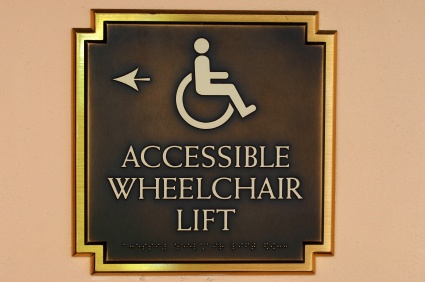Search
Under-Staffing At Nursing Homes: When There’s Simply Not Enough Staff To Protect Patients From Harm
 Rightfully so, under-staffing in nursing homes remains a significant threat to the health and safety of the vulnerable people who rely on staff for their care.
Rightfully so, under-staffing in nursing homes remains a significant threat to the health and safety of the vulnerable people who rely on staff for their care.
While many situations involving a patient injury may be suspected to be related to under-staffing, it frankly can be a difficult concept to establish specific staffing level requirements at nursing homes across the board because the needs may vary drastically from facility to facility.
One of the most identifiable problems I associate with under-staffing in nursing homes is when facilities simply do not supply enough to transfer immobile patients into or out of beds or wheelchairs. Working on a number of cases involving patients whom have been simply ‘dropped’ by staff, I find that many of these cases involve patients who were attempted to be transferred without sufficient manpower for a safe transfer.
By law, nursing home patients must be assessed (and re-assessed on a regular basis) to determine the level of assistance they require from staff. Particularly with physically disabled patients, an assessment and derived care plan will set forth the type of assistance as well as the number of staff who are to assist with transfers— when a patient is moved from one modality to another. Completely immobile– or larger patients– may require the assistance of one, two, three or four staff members all working in concert with another to help move the patient.
Obviously, when facilities are not properly staffed, it can be difficult— if not downright impossible for a patient to get transferred with the level of assistance necessary.
An example of the horrible problems that can ensue when an insufficient number of staff attempt to move a nursing home patient was recently reported by FOX40 News. According to reports, a patient at Crystal Ridge Care Center died following injuries he sustained when he fell from a mechanical chair lift used to move the man out of a bathtub. As a single CNA attempted to move the man out of the tub, he fell from the lift suffering an injury to his head and fractures in his neck.
While investigating the incident, the California Department of Public Health quickly learned that the facilities own policy required two staff members to assist in moving patients with the chair lift. Additionally, the investigation revealed that the California nursing home never provided any training or evaluation of staff on how to use the lift.
Training issues aside, I assume situations involving patient injury could be minimized if facilities would provide sufficient staffing levels necessary to implement the care that they assure families that they can provide.
Learn more about the laws applicable to California nursing homes here.
Click on the links for information on nursing homes in San Diego , Los Angeles and San Francisco
Related Nursing Home Law Center LLC Blog Entries:
Improper Maintenance Of Lift Device Costs Nursing Home Patient Their Life
Nursing Home Spotlight: Virgil Calvert Nursing Home and Rehabilitation Center (Also Known as “Nathan Health Care Center”); East St. Louis, IL
 Nursing Home Law News
Nursing Home Law News

